elemintalshop
Manx Nobby Lugger Fishing Boat 2 Pence Isle of Man Authentic Coin Money for Jewelry and Craft Making
Manx Nobby Lugger Fishing Boat 2 Pence Isle of Man Authentic Coin Money for Jewelry and Craft Making
Couldn't load pickup availability
Manx Nobby Lugger Fishing Boat 2 Pence Isle of Man Authentic Coin Charm for Jewelry and Craft Making
Obverse: Right facing bust of Queen Elizabeth II " wearing the "Girls of Great Britain and Ireland" Tiara
Lettering: ISLE OF MAN ELIZABETH II
Reverse: Manx Nobby Lugger fishing boat. The inscription is taken from the first line of the Manx Fisherman's Evening Hymn and translates as "Hear us, O Lord".
Lettering:
CLASHT ROOIN, O HIARN
Features
Issuer Isle of Man
Queen Elizabeth II (1952-date)
Type Standard circulation coin
Years 2000-2003
Value 2 Pence
0.02 = USD 0.025
Currency Pound (decimalized, 1971-date)
Composition Copper plated steel
Weight 7.165 g
Diameter 25.86 mm
Thickness 1.8 mm
Shape Round
Technique Milled
Orientation Medal alignment ↑↑
Number N# 7658
References KM# 1037
****
http://www.isle-of-man.com/manxnotebook/fulltext/ms1914/p06.htm
[From A Book of Manx Songs (for WW1 troops),1914]
THE MANX FISHERMEN'S EVENING HYMN.
HEAR us, O Lord, from Heaven, Thy dwelling-place;
Like them of old, in vain we toil all night,
Unless with us Thou go, Who art the Light;
Come then, O Lord, that we may see Thy face.
Thou, Lord, dost rule the raging of the sea;
When loud the storm, and furious is the gale,
Strong is Thine arm; our little barks are frail;
Send us Thy help; remember Galilee.
Our wives and children we commend to Thee;
For them we plough the land and plough the deep;
For them by day the golden corn we reap;
By night the silver harvest of the sea.
We thank Thee, Lord, for sunshine, dew and rain,
Broadcast from Heav'n by Thine almighty hand
Source of all life, unnumbered as the sand-
Bird, beast, and fish, herb, fruit, and golden grain.
O Bread of Life, Thou in Thy word hast said,
Who feeds in faith on Me shall never die!
In mercy hear Thy hungry children's cry,
Father, give us this day our daily bread!
Sow in our hearts the seeds of Thy dear love,
That we may reap contentment, joy, and peace;
Then, when at last our earthly labours cease,
Grant us to join Thy harvest home above.
[Tune 'Peel Castle'; written by W.H.Gill based on the Prayer in the Manx Book of Common Prayer, the first 4 verses appeared in Manx Song Book in 1896, verses 5 & 6 were added when the editors of the Methodist Hymn Book, in 1904, asked that it be included (as hymn 947)]
********
Wikipedia:
A lugger is a sailing vessel defined by its rig, using the lug sail on all of its one or several masts. They were widely used as working craft, particularly off the coasts of France, England, Ireland and Scotland. Luggers varied extensively in size and design. Many were undecked, open boats, some of which operated from beach landings (such as Hastings or Deal). Others were fully decked craft (typified by the Zulu and many other sailing drifters). Some larger examples might carry lug topsails.
Luggers were used extensively for smuggling from the middle of the 18th century onwards; their fast hulls and powerful rigs regularly allowed them to outpace any Revenue vessel in service. The French three-masted luggers also served as privateers and in general trade. As smuggling declined about 1840, the mainmast of three-masted luggers tended to be discarded, with larger sails being set on the fore and mizzen. This gave more clear space in which to work fishing nets.
*********
....The nobby is an inshore sailing boat which was used as a traditional fishing boat around Lancashire and the Isle of Man. The Lancashire nobby originated in Morecambe Bay about 1840 and around Southport. It subsequently came into widespread use down the north west coast of England. The Manx nobby first appeared in the 1880s and was used around the Isle of Man. Many localities on the coast of Great Britain developed their own type of fishing boat adapted to local fishing and sea conditions, and the nobbies are examples of this.
*********
.....The Manx nobby was a double ended standing lug-rigged herring drifter. It was preceded by the "nickie", which had a dipping lug rigging. Standing lugs have yards that remain on one side of the mast and the tack is set close to the mast, while dipping lugs have yards that dip around the mast when going about so that the sail draws away from the mast on each tack. The Nickies were copies of Cornish herring drifters that visited Man. The Manx Nickie was so called as Nicholas was a common Christian name amongst the Cornish crews whose boats they copied. The change to standing lug was driven by a shortage of experienced crew. This type of craft was then commissioned by The Congested Districts Board to provide a decked fishing craft to be used in Connemara, Ireland in the 1890s.
The vocabulary of the Anglo-Manx dialect quotes the first Manx nobby in 1884 receiving its name because it was “a rale nobby little thing”. Other nobbies may have received their name in the same way, as smart sail fishing boats.
********
Wikipedia:
The Isle of Man (Manx: Mannin [ˈmanɪnʲ], also Ellan Vannin [ˈɛlʲan ˈvanɪnʲ]), also known as Mann (/mæn/), is a self-governing British Crown dependency in the Irish Sea between Great Britain and Ireland. The head of state, Queen Elizabeth II, holds the title Lord of Mann and is represented by a lieutenant governor. The United Kingdom is responsible for the isle's military defence.
Humans have lived on the island since before 6500 BC. Gaelic cultural influence began in the 5th century AD, and the Manx language, a branch of the Goidelic languages, emerged. In 627, King Edwin of Northumbria conquered the Isle of Man along with most of Mercia. In the 9th century, Norsemen established the thalassocratic Kingdom of the Isles, which included the Isle of Man. Magnus III, King of Norway from 1093 to 1103, reigned as King of Mann and the Isles between 1099 and 1103.
In 1266, the island became part of Scotland under the Treaty of Perth, after being ruled by Norway. After a period of alternating rule by the kings of Scotland and England, the island came under the feudal lordship of the English Crown in 1399. The lordship revested in the British Crown in 1765, but the island did not become part of the 18th-century kingdom of Great Britain, nor of its successors, the United Kingdom of Great Britain and Ireland and the present-day United Kingdom of Great Britain and Northern Ireland. It has always retained its internal self-government.
In 1881, the Isle of Man parliament, Tynwald, became the first national legislative body in the world to give women the right to vote in a general election, although this excluded married women. In 2016, UNESCO awarded the Isle of Man biosphere reserve status.
Insurance and online gambling each generate 17% of the GNP, followed by information and communications technology and banking with 9% each. Internationally, the Isle of Man is known for the TT motorcycle races, and the Manx cat, a breed with short or no tails. The Manx are a Celtic nation.
In Manx mythology, the island was ruled by the sea god Manannán, who would draw his misty cloak around the island to protect it from invaders. One of the principal folk theories about the origin of the name Mann is that it is named after Manannán.
In the Manx tradition of folklore, there are many stories of mythical creatures and characters. These include the Buggane, a malevolent spirit which, according to legend, blew the roof off St Trinian's Church in a fit of rage; the Fenodyree; the Glashtyn; and the Moddey Dhoo, a ghostly black dog which wandered the walls and corridors of Peel Castle.
The Isle of Man is also said to be home to fairies, known locally as "the little folk" or "themselves". There is a famous Fairy Bridge, and it is said to be bad luck if one fails to wish the fairies good morning or afternoon when passing over it. It used to be a tradition to leave a coin on the bridge to ensure good luck. Other types of fairies are the Mi'raj and the Arkan Sonney.
An old Irish story tells how Lough Neagh was formed when Ireland's legendary giant Fionn mac Cumhaill (commonly anglicised to Finn McCool) ripped up a portion of the land and tossed it at a Scottish rival. He missed, and the chunk of earth landed in the Irish Sea, thus creating the island.
Peel Castle has been proposed as a possible location of the Arthurian Avalon or as the location of the Grail Castle, site of Lancelot's encounter with the sword bridge of King Maleagant.
The music of the Isle of Man reflects Celtic, Norse and other influences, including from its neighbours, Scotland, Ireland, England and Wales. A wide range of music is performed on the island, such as rock, blues, jazz and pop.
Its traditional folk music has undergone a revival since the 1970s, starting with a music festival called Yn Chruinnaght in Ramsey. This was part of a general revival of the Manx language and culture after the death of the last native speaker of Manx in 1974.
The Isle of Man was mentioned in the Who song "Happy Jack" as the homeland of the song's titular character, who is always in a state of ecstasy, no matter what happens to him. The song 'The Craic was 90 in the Isle of Man' by Christy Moore describes a lively visit during the Island's tourism heyday. The Island is also the birthplace of Maurice, Robin and Barry Gibb, of the Bee Gees.
Share
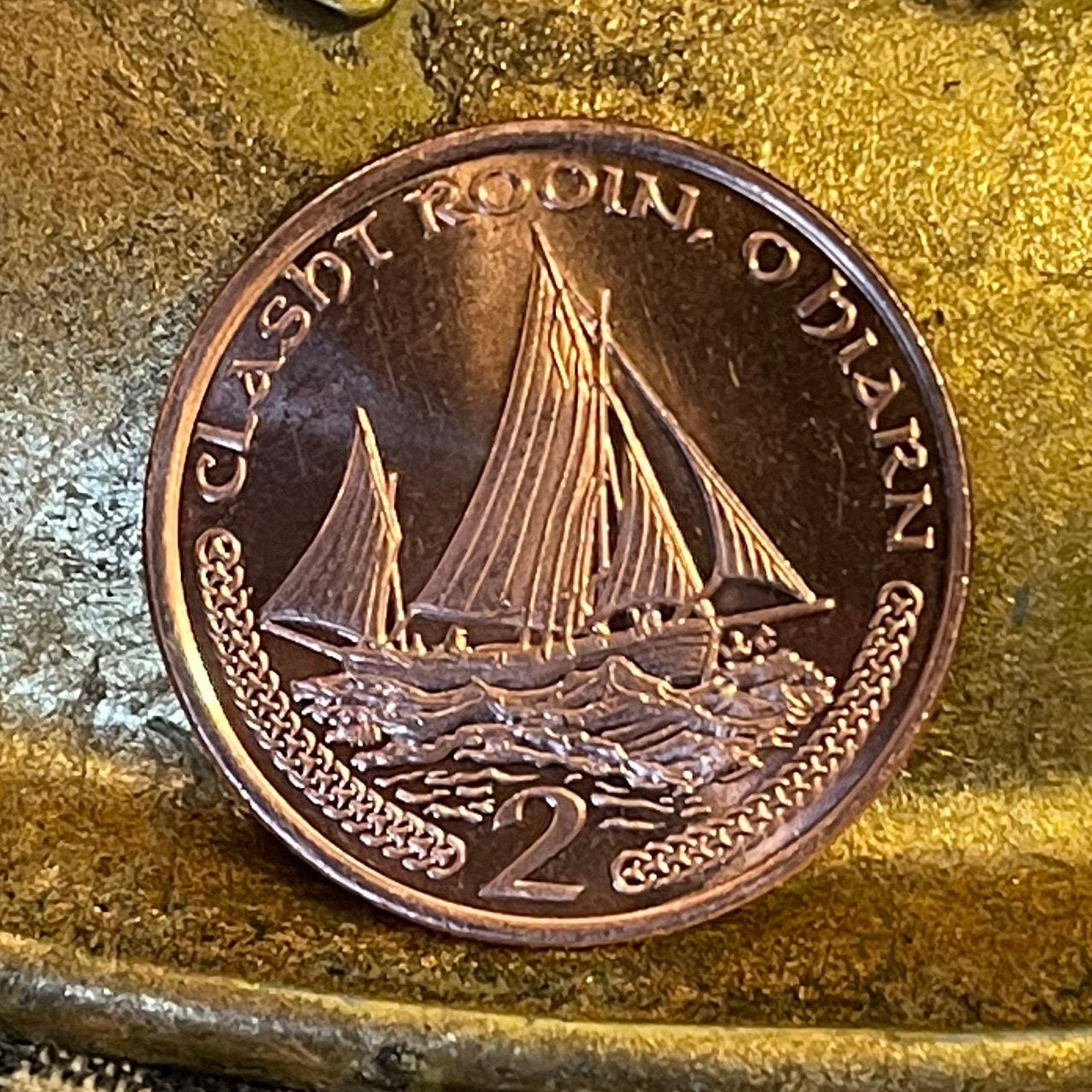
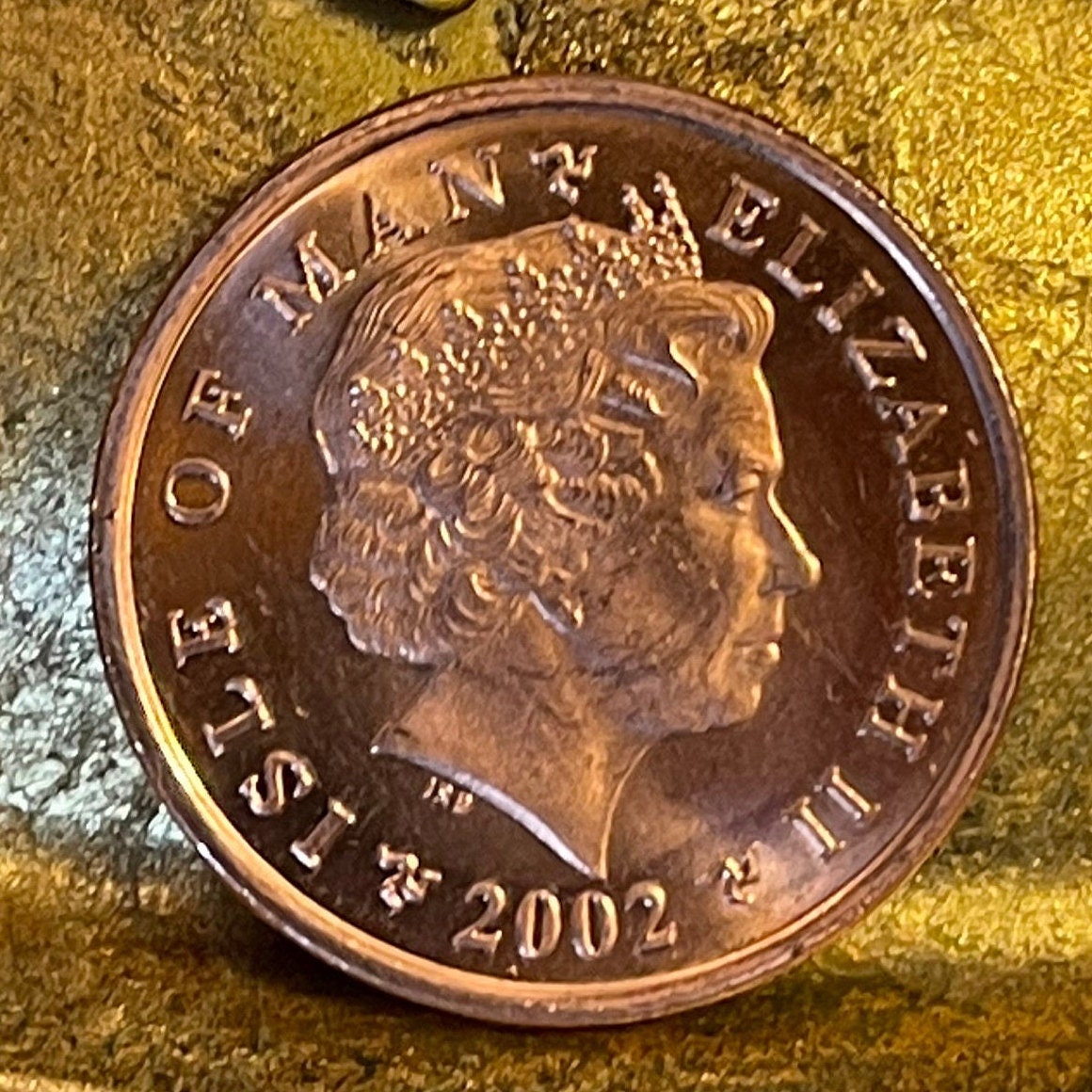
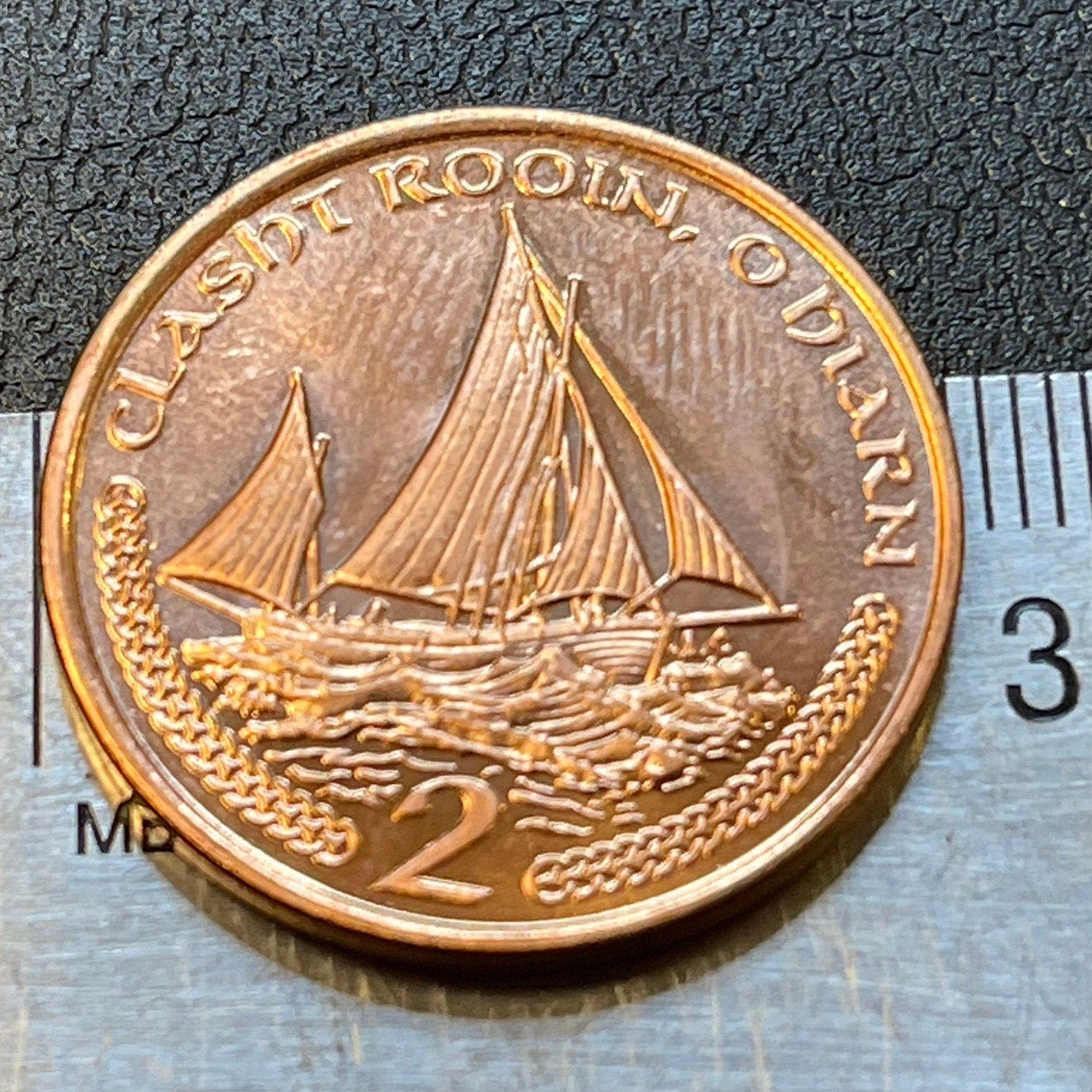
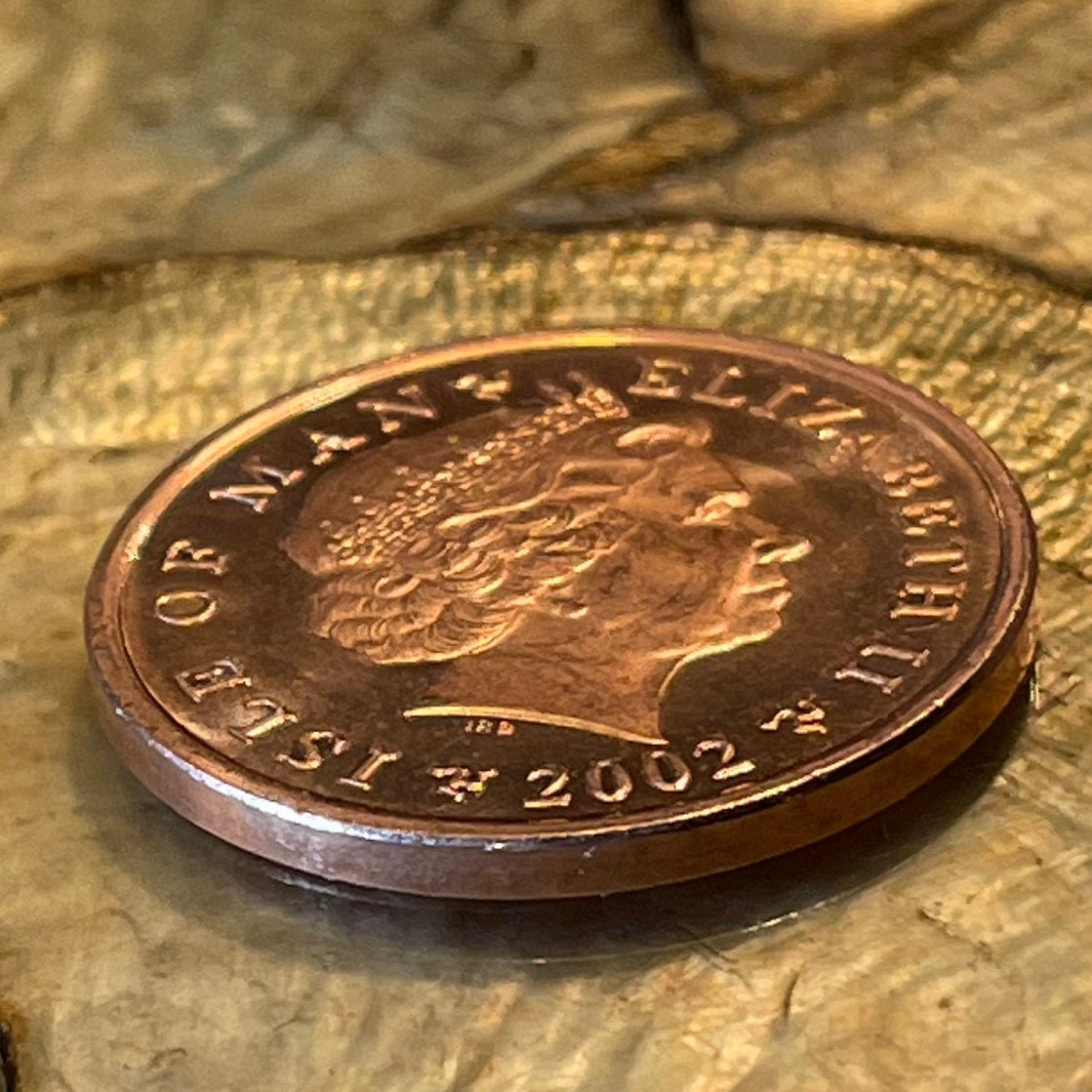
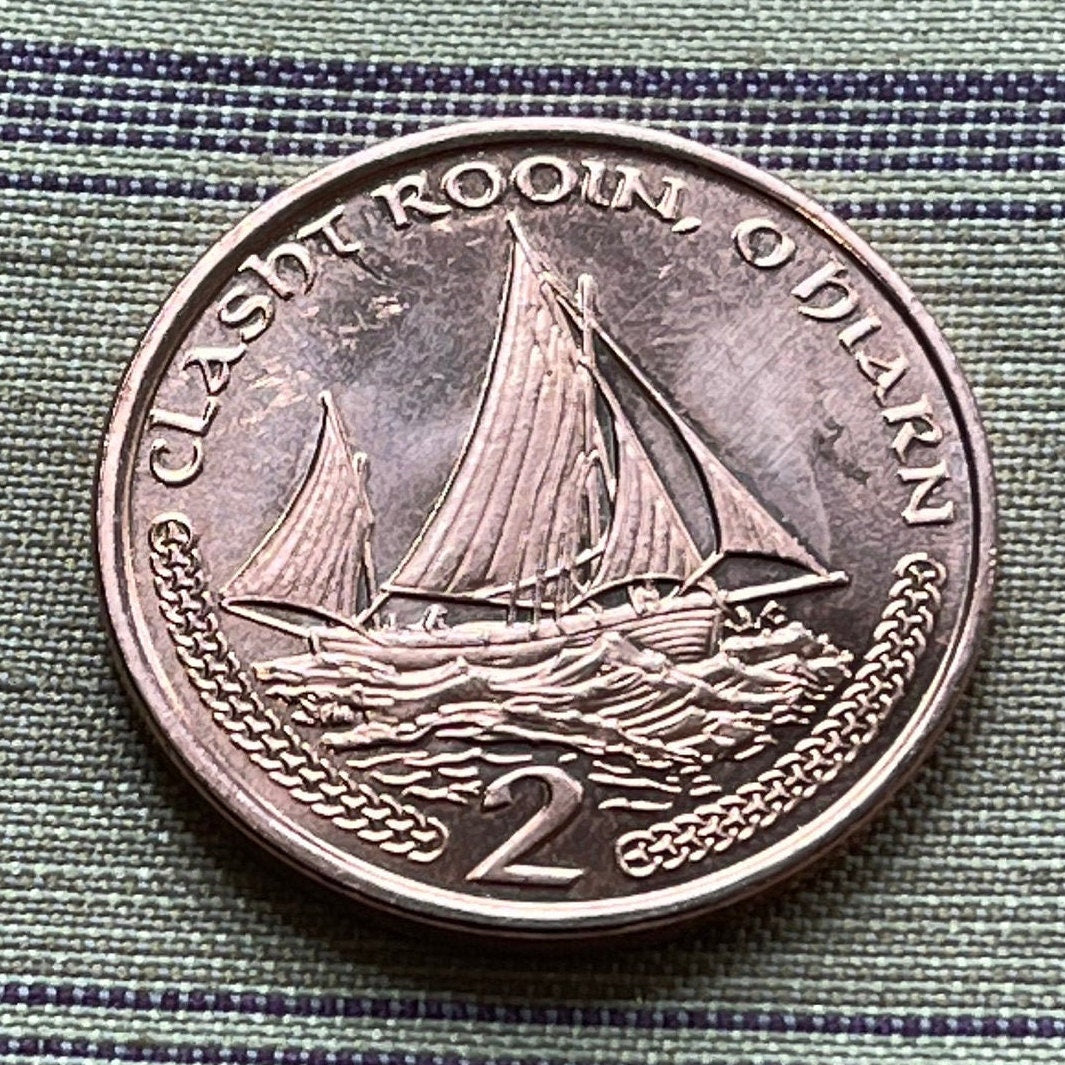
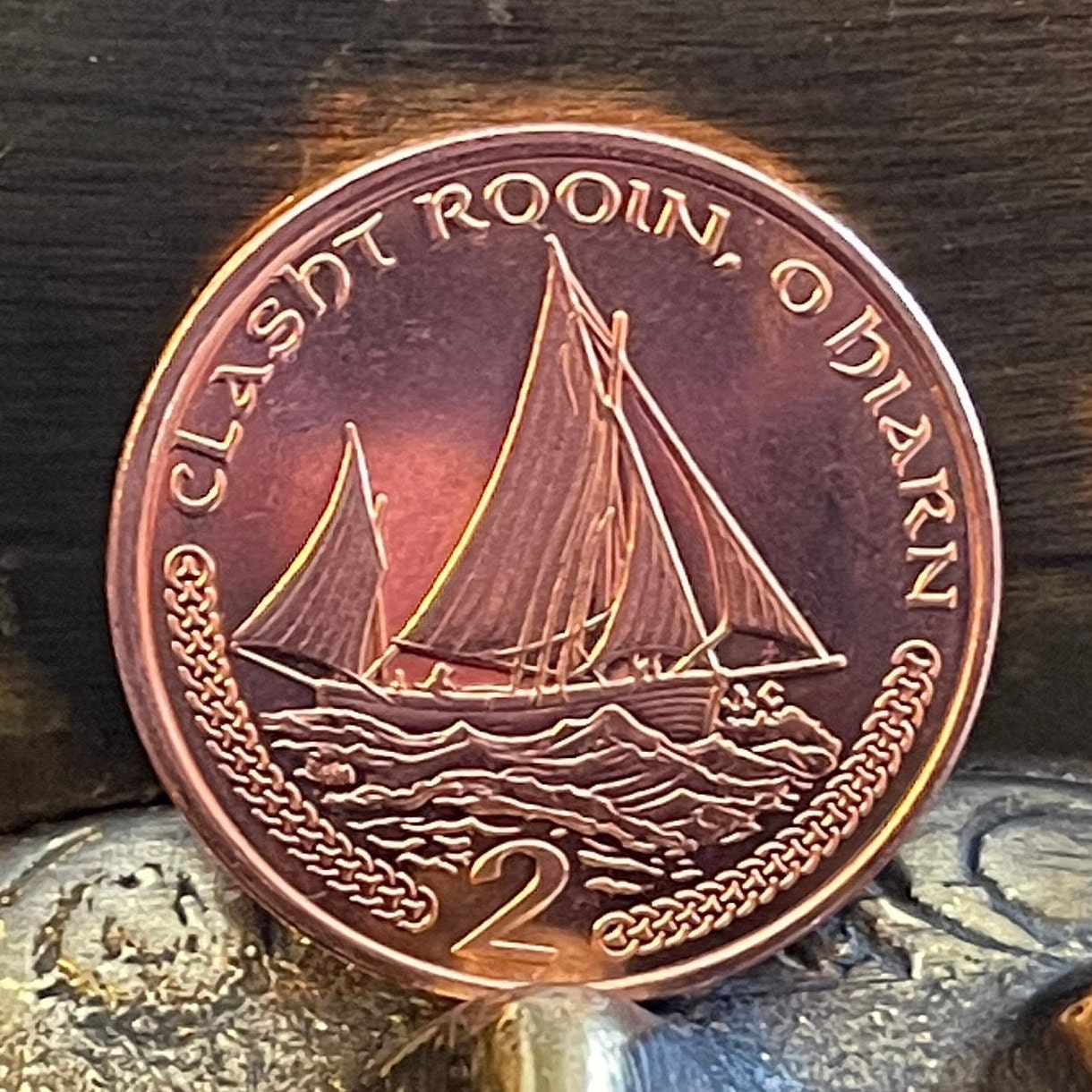
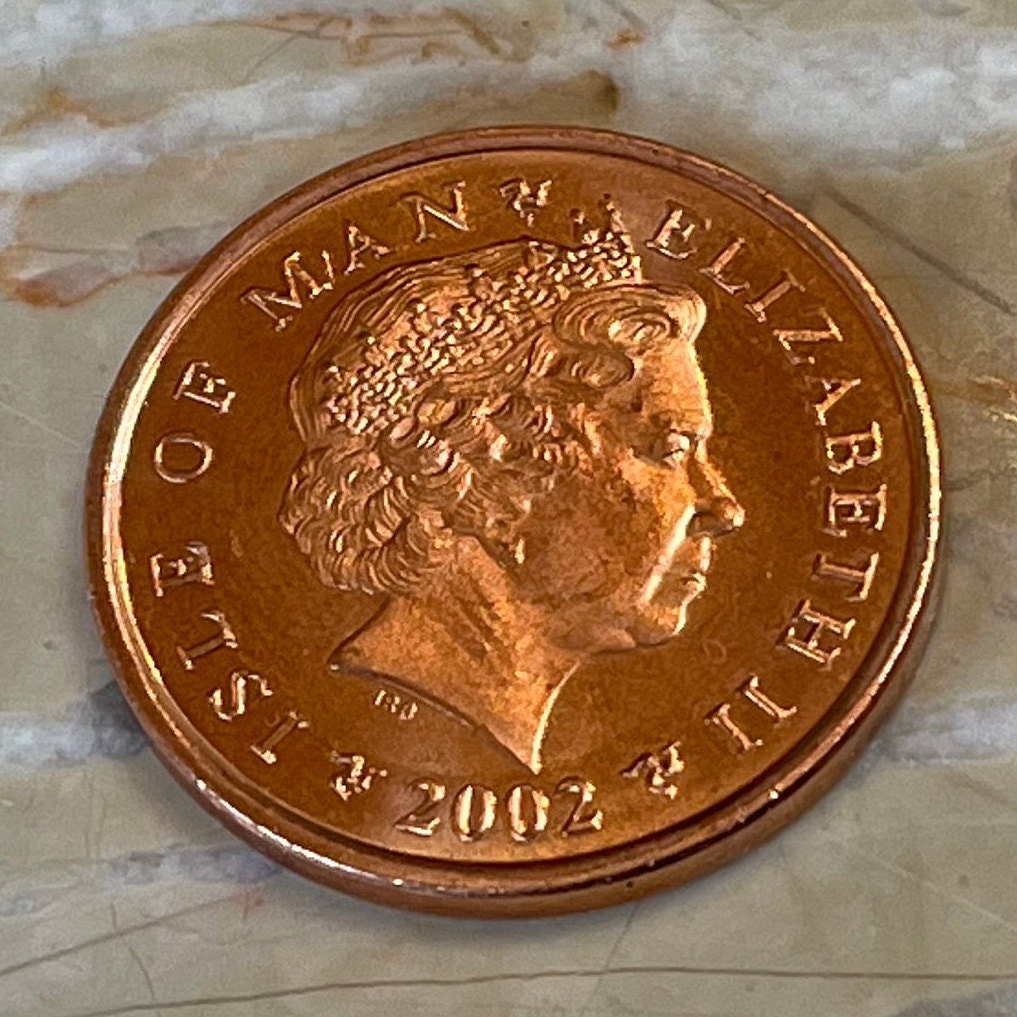
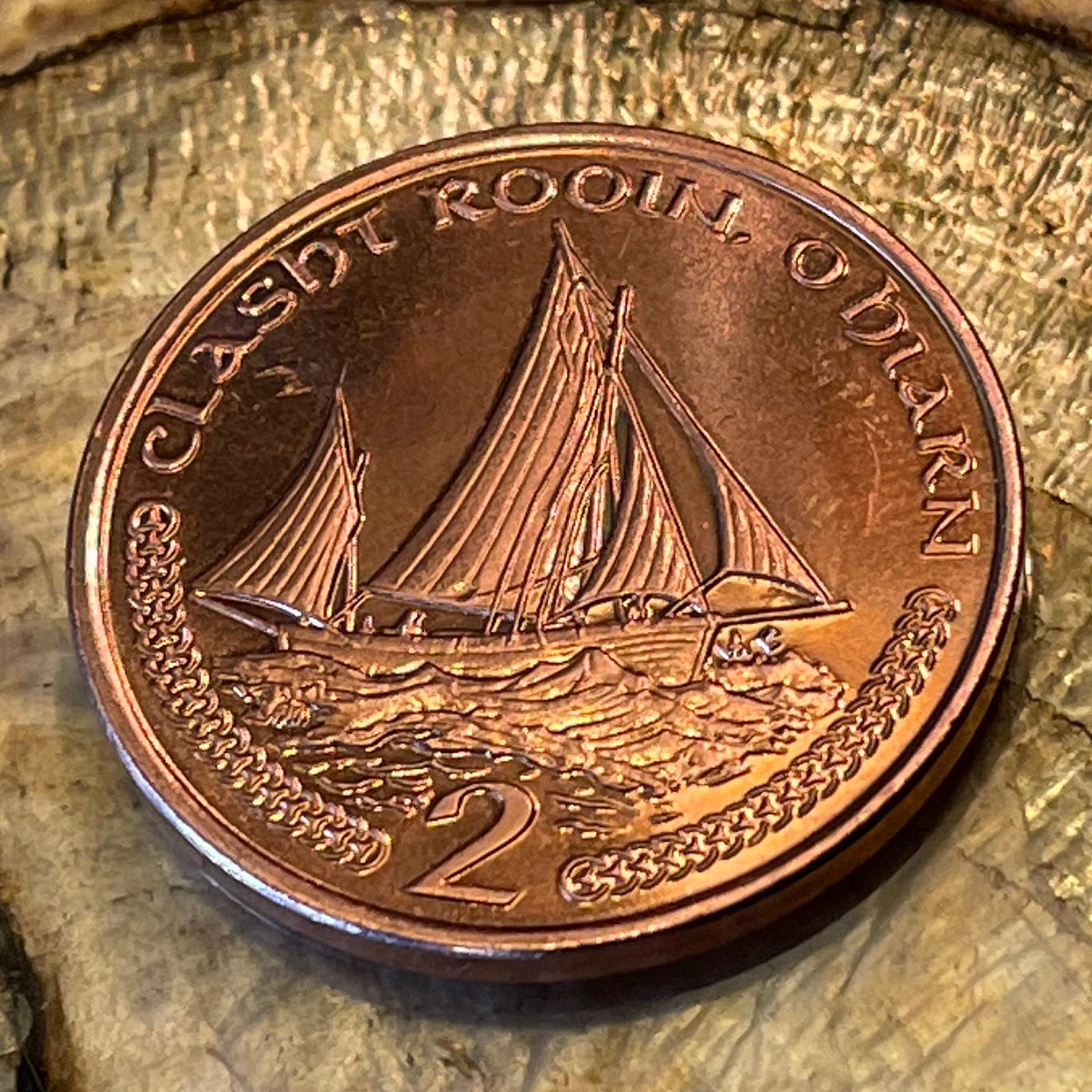
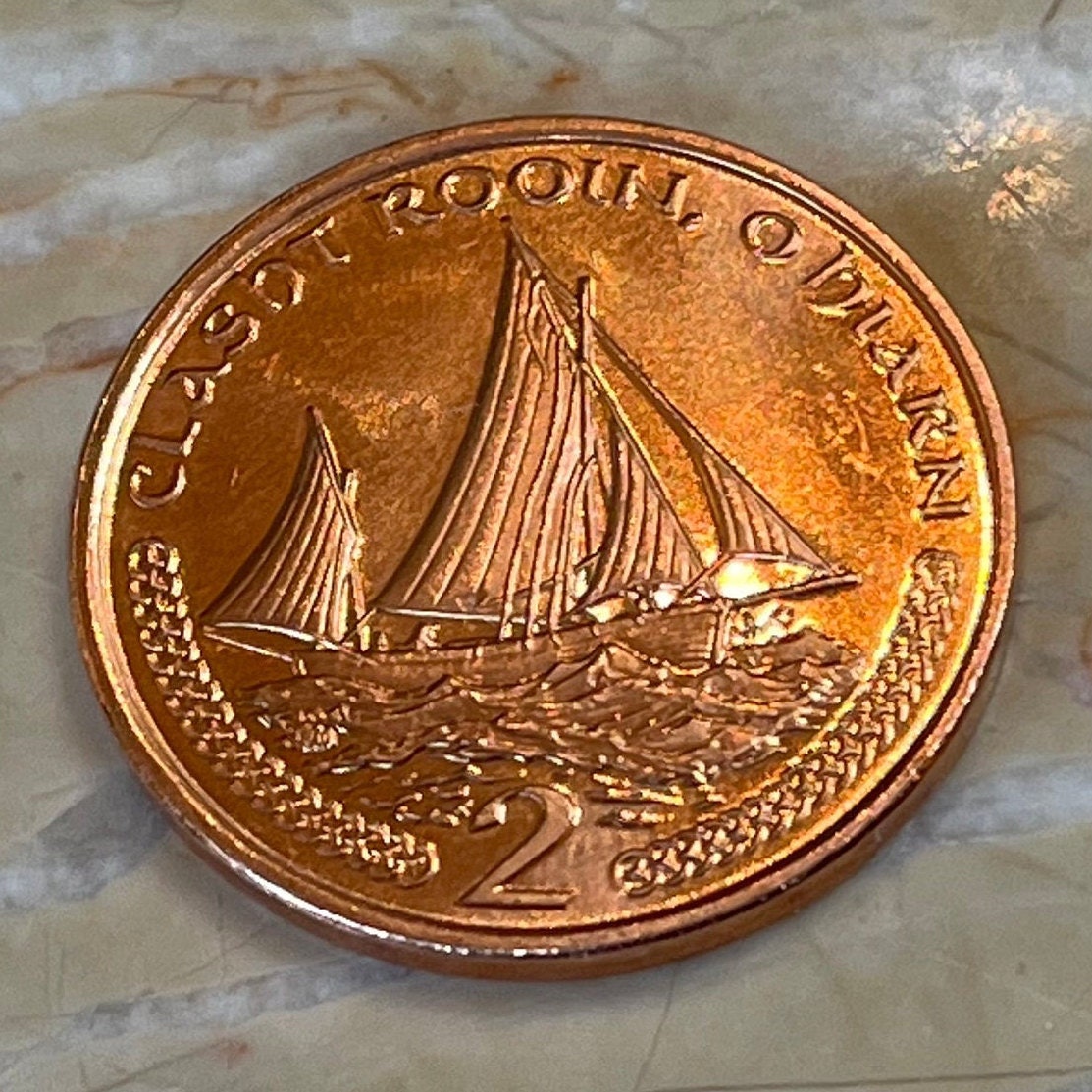
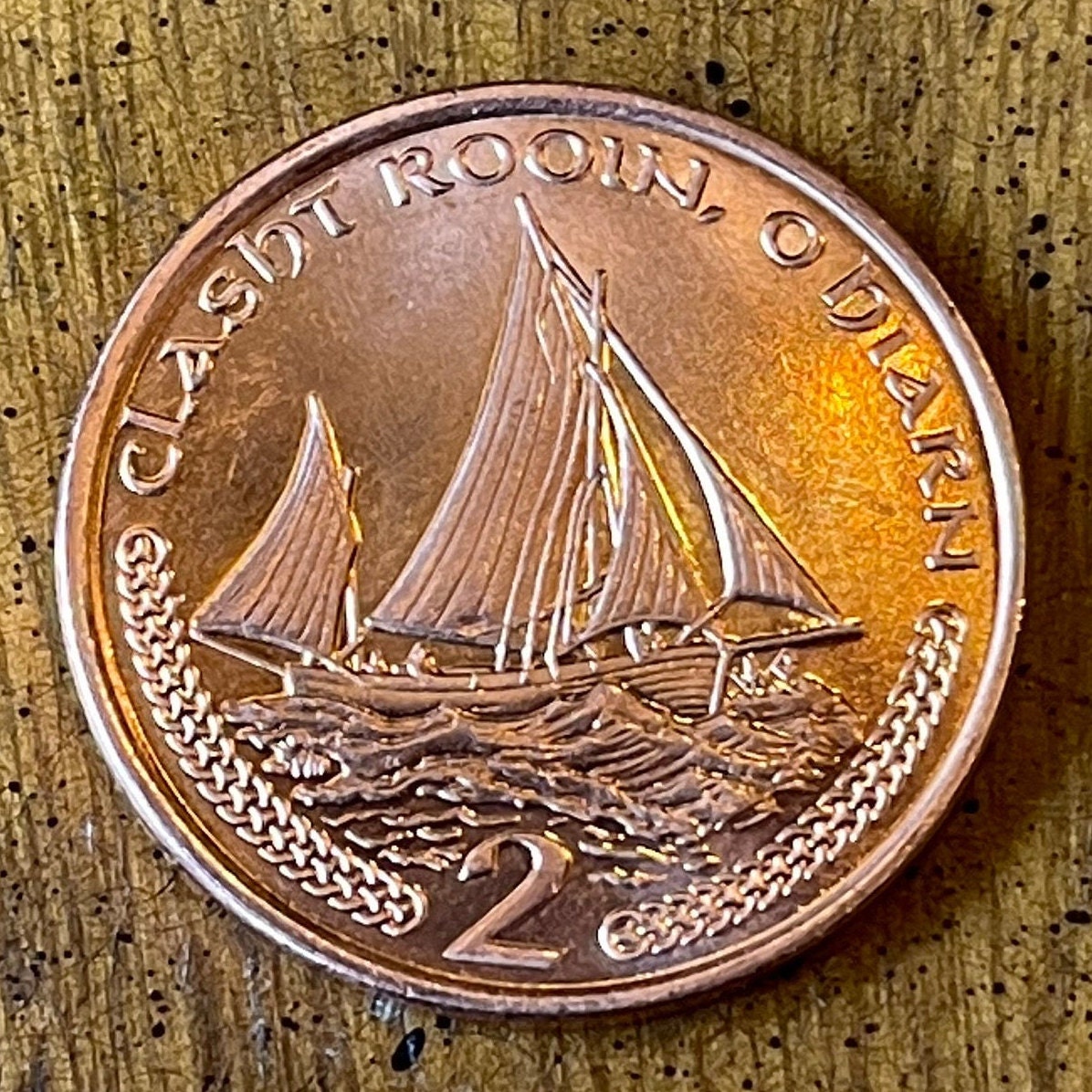
SISTER , I LIKE YOUR COINS THHANKS SO MUCH
PRAVIN PATEL
Great product. Happy to add to my collection
Beautiful shine. Arrived quickly, well-packaged, and protected
Item as described, fast shipping and good packaging.
Perfect, just as described, fast shipping.









